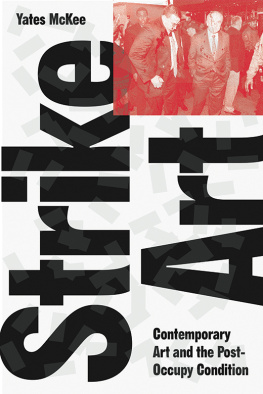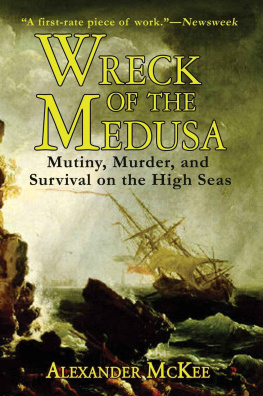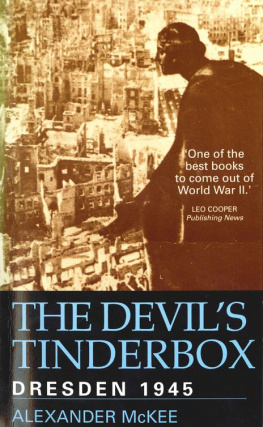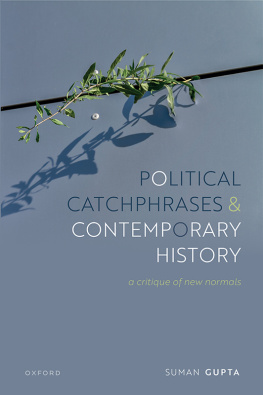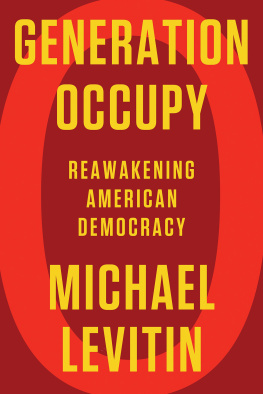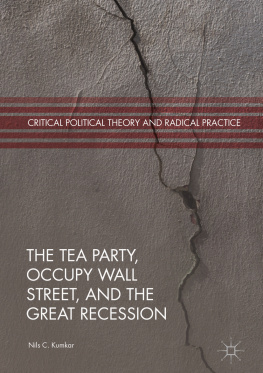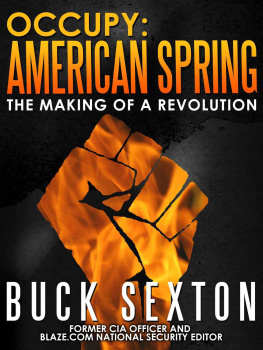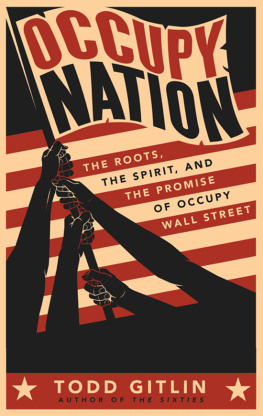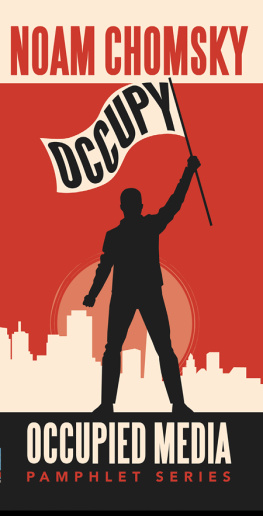Tracking the work of groups including MTL, Not an Alternative, the Illuminator, the Rolling Jubilee, and Global Ultra Luxury Faction, Strike Art shows how Occupy ushered in a new era of artistically oriented direct action that continues to ramify far beyond the initial act of occupation itself into ongoing struggles surrounding labor, debt, and climate justice, concluding with a consideration of the overlaps between such work and the aesthetic practices associated with the Black Lives Matter movement.
Art after Occupy, McKee suggests, is a wellspring of imagination and action for a renewed left project, at once shaking up and taking flight from the art system as we know it.
YATES MCKEE is a PhD candidate in Art History at CUNY Graduate Center, and has worked with various post-Occupy groups including Strike Debt and Global Ultra Luxury Faction. His writing has appeared in October, Grey Room, South Atlantic Quarterly, the Nation and Art-forum. He is coeditor of the movement magazine Tidal and the anthology Sensible Politics: The Visual Cultures of Nongovernmental Activism. He lives in New York City.
STRIKE ART
Contemporary Art and the
Post-Occupy Condition
Yates McKee

First published by Verso 2016
Yates McKee 2016
All rights reserved
The moral rights of the author have been asserted
1 3 5 7 9 10 8 6 4 2
Verso
UK: 6 Meard Street, London W1F 0EG
US: 20 Jay Street, Suite 1010, Brooklyn, NY 11201
www.versobooks.com
Verso is the imprint of New Left Books
ISBN-13: 978-1-78478-188-0 (HB)
eISBN-13: 978-1-78478-189-7 (US)
eISBN-13: 978-1-78478-190-3 (UK)
British Library Cataloguing in Publication Data
A catalogue record for this book is available from the British Library
Library of Congress Cataloging-in-Publication Data
A catalog record for this book is available from the Library of Congress
Names: McKee, Yates, author.
Title: Strike art! : contemporary art and the post-Occupy condition / Yates McKee.
Description: Brooklyn, NY : Verso, 2016. | Includes bibliographical references.
Identifiers: LCCN 2015045233 | ISBN 9781784781880 (hardback)
Subjects: LCSH: ArtPolitical aspectsUnited StatesHistory21st century. | Art and social actionUnited StatesHistory21st century. | Occupy movementUnited StatesHistory21st century. | BISAC: POLITICAL
SCIENCE
/ Political Process / Political Advocacy. | ART / Popular Culture.
Classification: LCC N72.P6 M38 2016 | DDC 701/.030973--dc23
LC record available at http://lccn.loc.gov/2015045233
Typeset in Electra by MJ & N Gavan, Truro, Cornwall
Printed in the US by Maple Press
For Minu Mansoor-McKee
CONTENTS
We strike art to liberate art from itself.
MTL, #OccupyWallStreet: A Possible History
The chaos of experimentation breeds possibilities.
Suzhan E., An Occupiers Note
Saturday nights are pay what you will at New Yorks Guggenheim Museum. Rain or shine, thousands of people stand in a line that wraps around the block to avoid the typical $22 paywall enclosing the Frank Lloyd Wrightdesigned landmark and the works of modern and contemporary art displayed on its walls. The night of March 30, 2014 seemed no different as the crowds began to pour into the ground-floor rotunda, themselves becoming part of the spectacle as others looked down from the five spiraling floors above.
About half an hour after the doors had opened, however, the flow of the museum was unexpectedly interrupted. In the middle of the rotunda, a young girl stood still for about fifteen seconds, her eyes trained on a nearby video camera. She then removed a large choir bell from a knapsack, gave it a vigorous ring, and disappeared into the crowd. The bell created a momentary pause in the buzz of the museum as curious visitors cut short their conversations and began to lean over the balconies to see what was taking place downstairs. Then a second sound rang outa high-pitched battle cry of sortsand with that, thousands of pieces of what looked like paper currency were tossed from the fifth floor into the rotunda. For more than a minute, the bills floated down like so many snowflakes, falling gently upon the visitors below as cameras flashed and murmurs of surprise and delight rippled through the space. Looking up from the ground floor as the currency fluttered and flickered against the backdrop of the enormous skylight in the ceiling of the museum, it was as if one were seeing a reel of abstract film pass through a projector.
Was this a work of art? After all, the event was unfolding in an art museum. The exhibition on display showcased Italian Futurism, a movement from the early twentieth century famous for disruptive and noisy performances that aggressively challenged what was perceived to be the complacent culture of the bourgeoisie. (While some avant-garde groups such as Dada would push this nihilistic impulse in the direction of left politics, the Futurists were sympathetic to fascism.) By contrast, this action aimed less for a repelling shock effect, than to enchant its audience with a gesture of festive generosity. Yet if there was an element of pleasure and even beauty to the shower of currency, as museumgoers stooped to retrieve these gifts, the dark side of the action soon became apparent. Mimicking the size and design of a dollar note, the bills were inscribed with the words NO SUSTAINABLE CULTURAL VALUE. In place of an historical personage or monument, the note was illustrated with a hand-rendered drawing of the Guggenheims planned new branch in the oil kingdom of Abu Dhabi, designed by star architect Frank Gehry. On the left side of the bill, a small figure tossed money off a building, echoing the very distribution process through which the bills had come into the hands of museumgoers. On each of the four corners of the bill was written 1% in place of a denomination.
As bemused visitors puzzled over the bills, and as activists distributed agitational pamphlets, embedded journalists fanned throughout the crowd scribbling notes, taking pictures, and sending tweets. Museum guards, aided by a phalanx of police officers, emptied the museum of visitors and shut the building down. Within a few hours, detailed reports of the event had gone viral, appearing on websites like Hyperallergic and Gothamist, and eventually reaching global media outlets including the Guardian and the New York Times.
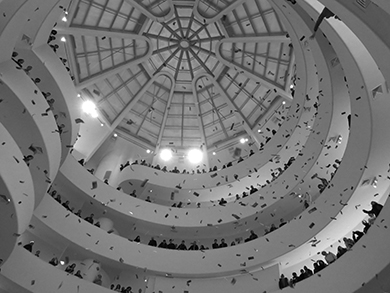
G.U.L.F. action, Guggenheim Museum, March 28, 2014.
The mediagenic intervention was the latest in a sequence of actions carried out by the Global Ultra Luxury Faction (G.U.L.F.) over the course of the spring of 2014. The group had formed a few weeks earlier to bring what it called creative direct action into the service of a longstanding campaign by labor rights activists and artists called the Gulf Labor Campaign (GLC), which sought to expose and redress the abhorrent labor conditions on Sadiyyat (Happiness) Island. Sadiyyat is an artificial landmass under the jurisdiction of Abu Dhabi which is slated to house a massive complex of luxury apartments and cultural amenities, including branches of New York University, the Louvre, and the Guggenheim Museum. Tens of thousands of migrant laborers from South Asia work at the islands construction sites, living in a state of debt servitude to labor recruiters, toiling for unlivable wages, and dwelling in heavily

